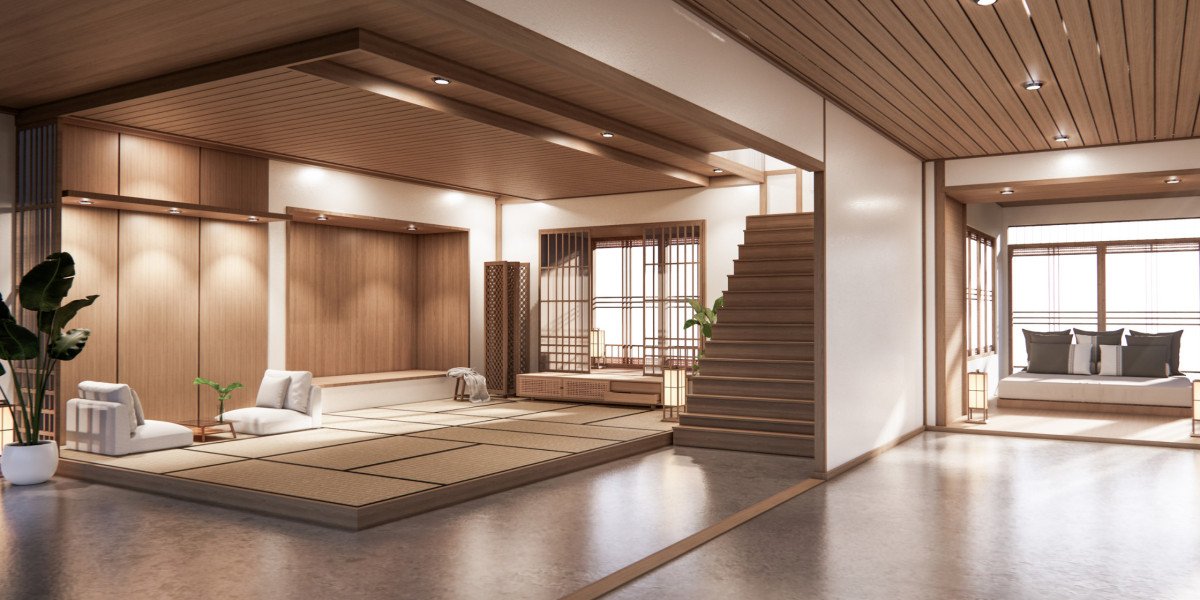Completing an Interior Design Course is an exciting milestone—but it’s just the beginning of your professional journey. With the right skills, software knowledge, and creative thinking, interior design opens the door to a wide range of career paths. The best part? You don’t have to follow a single track. From residential spaces to commercial design, from freelancing to full-time roles—there’s something for every kind of designer.
Here are some of the most promising career options you can explore after completing an interior design course.
1. Residential Interior Designer
If you love designing warm, inviting spaces for homes, this path is for you. As a residential designer, you’ll work on:
Bedrooms, living rooms, kitchens, and more
Personalizing interiors to suit client lifestyles
Renovation and space optimization projects
You can work with architectural firms, design studios, or take on private clients as a freelancer.
2. Commercial Interior Designer
This career focuses on designing functional, aesthetic spaces for:
Offices and coworking spaces
Restaurants, hotels, and cafés
Retail stores and showrooms
Commercial projects usually involve larger teams, higher budgets, and a deeper understanding of branding and customer experience.
3. Freelance Interior Designer
Many interior designers prefer the freedom of freelancing. This allows you to:
Choose your own projects and clients
Work remotely or on-site
Set your own rates and hours
It’s ideal for those with strong time management skills and a desire to work independently.
4. Set and Exhibition Designer
For those who enjoy storytelling and visual drama, set design is an exciting option. You could work on:
Movie and television sets
Theater productions
Exhibition stalls and brand installations
This path is especially rewarding for designers with a flair for creativity and thematic concepts.
5. Visual Merchandiser
If you're interested in retail design, consider visual merchandising. You’ll design in-store displays, product placements, and layouts that attract customers and boost sales—perfect for fashion or lifestyle brands.
6. Interior Stylist
Interior styling focuses more on the aesthetic finishing of a space—arranging furniture, selecting decor, and creating visual harmony. This is often a freelance or consulting role and pairs well with photography, media, or influencer branding.
7. Design Consultant
With strong communication and conceptual skills, you can become a design consultant—guiding clients on style direction, spatial planning, and functionality without necessarily managing the execution.
8. 3D Visualizer or CAD Designer
Not everyone wants to manage entire projects. Some interior design students specialize in technical roles, such as:
Creating 3D visualizations
Drafting construction documents
Working on AutoCAD, SketchUp, or Revit
These roles are highly sought after by design firms and architects.
9. Furniture or Product Designer
If you love working with materials, ergonomics, and innovation, product or furniture design can be a great niche. Combine aesthetics and utility to create one-of-a-kind interior elements.
10. Entrepreneur or Studio Owner
Eventually, you might decide to launch your own design studio or firm. Many Paperloft alumni have gone on to start their own practices after gaining some field experience—taking full control over their brand, clients, and creative direction.
Final Thoughts
An Interior Designing Course is more than just a learning experience—it’s a launchpad into a diverse and dynamic industry. Whether you’re drawn to residential design, commercial spaces, styling, or technical roles, there’s a career path that aligns with your skills and interests.








